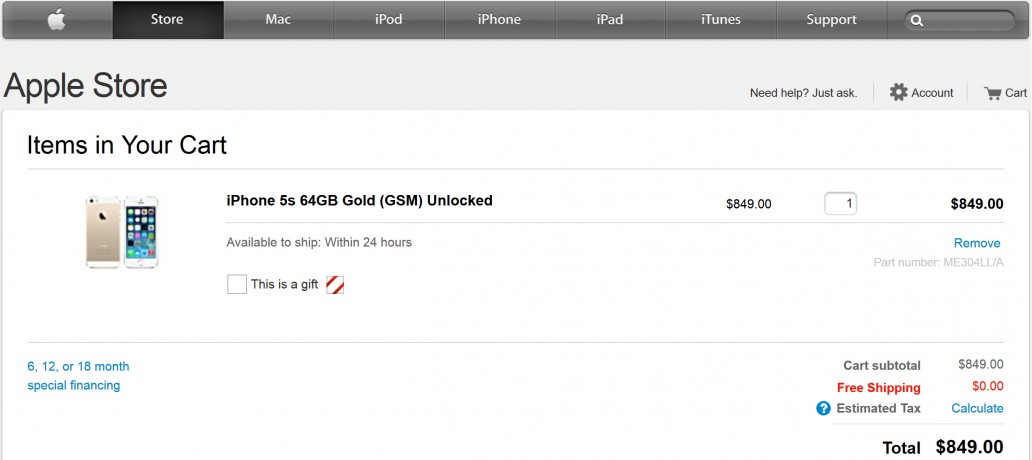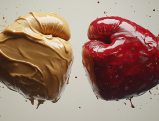
A trademark specimen is required when registering a trademark with the United States Patent and Trademark Office.
by Zach Javdan
July 10, 2016
Thinking about registering a trademark? Before doing so, you need to think about what you will use as your trademark specimen.
A trademark specimen is required when registering a trademark with the United States Patent and Trademark Office (USPTO). The trademark specimen must be provided either at the time of trademark registration or within six months of registration, when filing an “intent-to-use” application.
The trademark specimen is important as it shows the USPTO an example of how the mark appears in the real world.
Trademark Specimen Defined
A trademark specimen is a sample of how the mark is actually used, in interstate commerce, in connection with the products and/or services you provide to the public. The USPTO wants to see an example of how the trademark appears in the real world.
“Interstate commerce” refers to offering products or services, across state borders. The trademark specimen serves as an example of what the public sees while attempting to purchase your products or services. Acceptable specimens for goods or products are different than those allowed in connection with services. Specimens are not drawings or photos of your trademark, alone.
Acceptable Trademark Specimens For Goods (Classes 1-34)
When providing a specimen for goods or products, the specimen should typically be something that is actually on or attached to the goods, packaging or display. Examples include labels, tags or packaging. The trademark specimen cannot be a sketch of the item. Rather, it must be an image of the actual mark being connected directly with the product or goods. Specific examples of acceptable trademark specimens for goods include:
Mark Directly on Product
For goods, if the mark directly appears on a certain part of a product, it can serve as a specimen. An example includes a photo of a mark on the bottom of a coffee mug. However, if the USPTO considers the mark to be ornamental or decorative, they might not accept the specimen. Please see below for more information about ornamental or decorative marks.
Product Label or Tags
For goods, a photo of a product label or tag can serve as a specimen. Product labels and tags showing the mark. An example includes the label on shirt. Product Packaging For goods, a photo of a product packaging can serve as a specimen. An example includes a photo of a bag of potato chips when seeking to trademark the name of a potato chip brand. Signage and Billboards A photo of signage used when displaying a product in a store can serve as a specimen.
Website Screenshots of Products for Sale
Websites can serve as specimens via a screenshot showing the mark next to a photo or text description of the goods. Under most circumstances, the website must show purchasing information and allow online ordering of the goods. The website cannot simply advertise goods. An example includes a webpage displaying an image of a mobile phone, with the mark appearing above the phone, the price showing below the image and a shopping cart hyperlink appearing on the page.

Via Apple.com. Website screenshot showing a product for sale that could be acceptable by the USPTO.
Downloadable Software
If the trademark involves downloadable software, the specimen may include instruction manuals or screenshots from (1) a webpage showing the mark with information allowing ordering, purchasing or downloading the software, (2) the program showing the mark in the title bar, or (3) launch screens showing an introductory messages appearing after launching the program.
Unacceptable Specimens for Goods (Classes 1-34)
Certain items cannot serve as specimens for goods and products including brochures, letterheads, business cards, advertising materials, press releases, announcements, invoices, or packing slips. Also, a trademark specimen showing the mark being used in a decorative manner may be unacceptable.
Ornamental or Decorative Marks on Products or Goods
A specimen may be unacceptable if it displays the mark in an ornamental or decorative way. For example, a design or slogan on the front of a t-shirt could potentially perceived as a decoration instead of a trademark. Accordingly, it is preferable to show the mark appearing on a label or tag. Under some circumstances, however, decorative marks can serve as specimens if they appear in places typically associated with trademarks. Examples include an animal on a pocket.
Acceptable Trademark Specimens For Services (Classes 35-45)
When providing a specimen for services, the specimen should typically be something showing the mark used in connection with providing or advertising of the services. It cannot show the mark by itself. Specific examples of acceptable trademark specimens for services include:
Brochures, Leaflets and Other Marketing Materials
For services, a copy of a brochure or leaflet, that show the services provided, can serve as a specimen for services.
Business Cards and Letterheads
For services, business cards and letterheads, that reference the services provided, can serve as specimens. Restaurant Menus For services, a restaurant menu can serve as a specimen.
Website Screenshots
For services, a website page can serve as a specimen as long as the services are described in connection with the trademark.
Signage and Billboards
A photo of signage or billboards that contain wording showing the services provided. Band Performing For musical bands seeking to register a trademark, a photo of the band performing with the name of the band being displayed during the performance, can serve as a specimen. An example includes the mark being shown on the base drum of the band’s drummer.
Unacceptable Trademark Specimens For Services (Classes 35-45)
Certain specimens are impermissible for service related trademark registrations.
Stationary
For services, stationary can usually not function as a specimen.
Press Releases
For services, press releases or articles related to press releases cannot usually serve as specimens.










